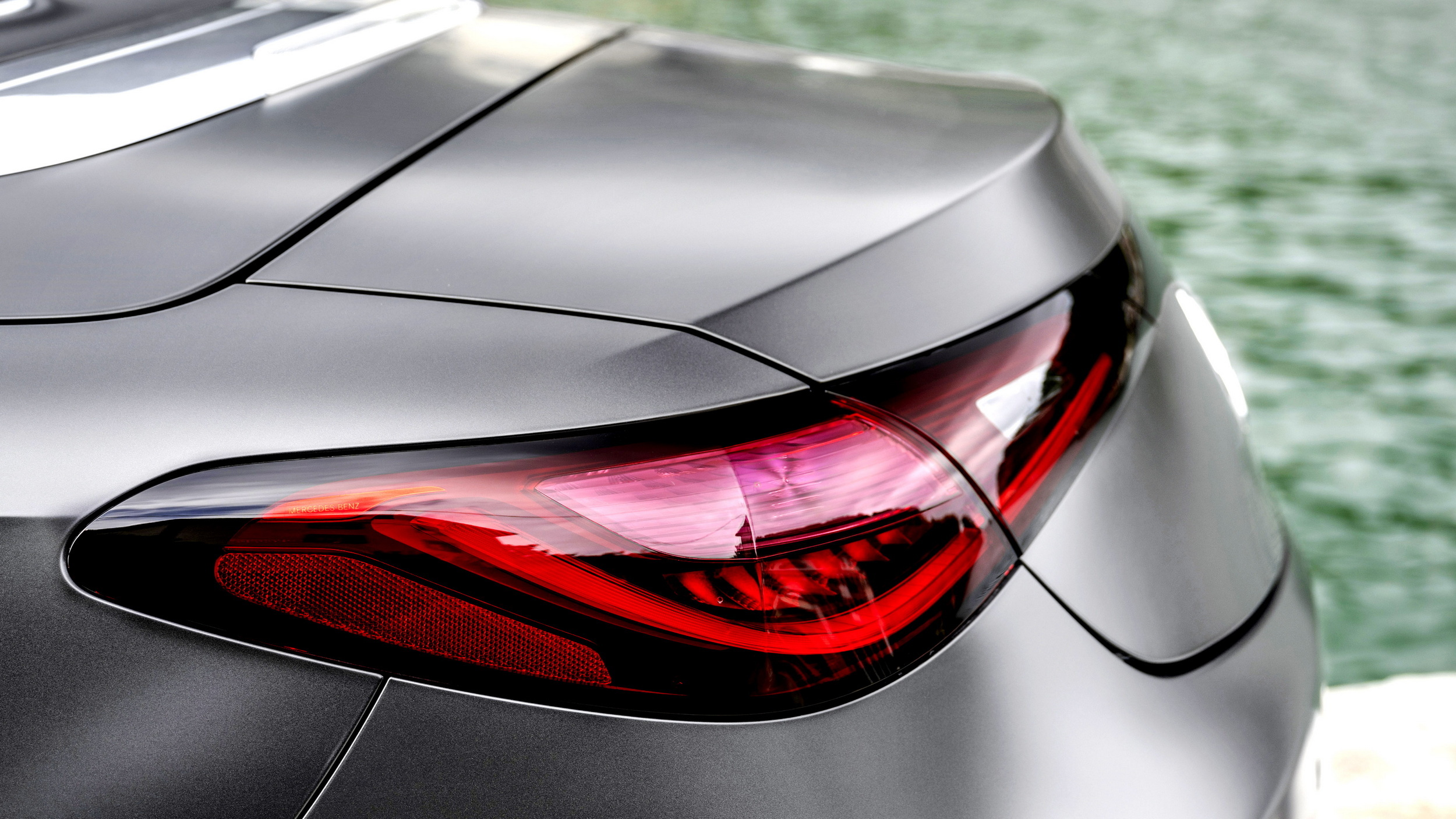Chinese Brands Outperform European Giants on Home Soil

The Rise of Chinese Automakers in the European Market
In recent months, Chinese automakers have been making significant strides in the European automotive market, challenging long-established Western brands. This shift is particularly evident in the rapid growth of electric vehicle (EV) sales, with several Chinese manufacturers outperforming traditional industry leaders.
One of the most notable success stories is BYD, which reported a 133 percent increase in EV sales in June and a 143 percent increase in the first half of the year. In that period, BYD sold 41,300 electric vehicles, placing it 12th on the list of most-registered EV brands in Europe. This achievement highlights the growing influence of Chinese brands in the region.
Another key player is Jaecoo, which has also seen strong performance in the European market. Alongside BYD and Omoda, these brands have contributed to a surge in sales that has led to a 91 percent increase in total sales for Chinese automakers in the first half of the year. This growth has resulted in a 5.1 percent market share, just behind Mercedes at 5.2 percent and ahead of Ford at 3.8 percent.
Despite an overall decline in new car registrations in Europe—falling 4.4 percent in June and 0.3 percent over the first six months of 2025—the performance of Chinese automakers stands out as a major trend. Their success is not limited to EVs alone; plug-in hybrids from brands like BYD, Jaecoo, and Omoda have also gained popularity. For example, BYD’s Seal U tied with the VW Tiguan in June as the best-selling PHEV in Europe.
Notable Performers and Setbacks
While Chinese automakers are gaining ground, other brands have experienced mixed results. The Volkswagen Group saw a 3 percent increase in sales, while Renault and BMW both recorded 6 percent and 4 percent growth respectively. However, not all automakers have fared well. Tesla and Stellantis faced declines, with Tesla’s sales dropping 33 percent in the first half of the year and Stellantis down 9 percent.
Dacia’s Sandero remained the best-selling car in Europe, with 128,800 units registered. However, its sales fell by 11 percent, with the Renault Clio closely following at 122,500 units. Peugeot’s 2008 and several Volkswagen models rounded out the top five.
The Tesla Model Y, once the top-selling EV in Europe, saw a significant drop in sales, falling 33 percent to 68,800 units. Despite this, overall EV sales across all brands increased by 25 percent to 1.2 million, marking the first time more than 1 million EVs were registered in a six-month period.
Leading EV Brands and Models in Europe
Looking at the top EV brands in Europe, Tesla still holds the number one spot, but its dominance is being challenged. Volkswagen emerged as the leading brand in the first half of the year, with 135,427 units sold—a 78 percent increase compared to the previous year. Tesla, however, remains the second most popular, with 109,262 units sold, though this was a 33 percent decrease from the previous year.
Other notable performers include BMW, Audi, and Skoda, which all saw significant growth in their EV sales. Meanwhile, brands like Cupra and Ford showed impressive increases, with Ford’s EV sales jumping 304 percent in June and 223 percent in the first half of the year.
In terms of individual models, the Tesla Model Y continued to lead in June, although its sales dropped slightly. The VW ID.4 and ID.7 also performed strongly, with the ID.7 seeing a massive 322 percent increase in June. Other top models included the Skoda Elroq, Renault 5, and VW ID.3.
A Changing Landscape
As the European automotive market continues to evolve, the rise of Chinese automakers signals a shift in power dynamics. With their aggressive expansion and strong performance in both EV and PHEV segments, these brands are no longer just newcomers—they are now serious contenders in a competitive industry. As the second half of 2025 unfolds, it will be interesting to see how traditional Western brands respond to this growing challenge.